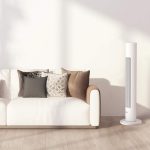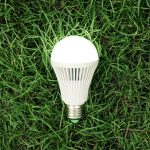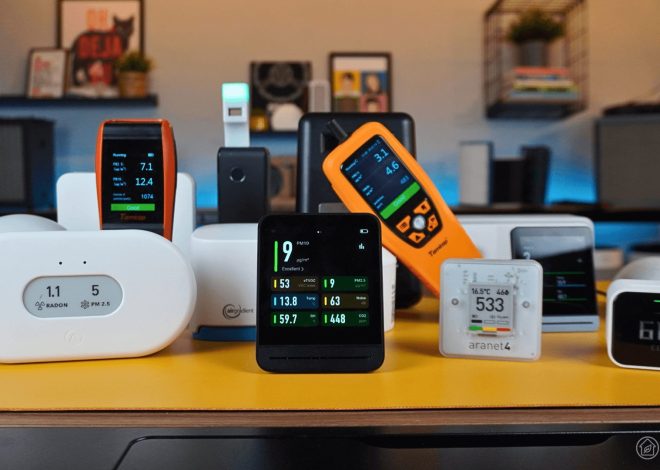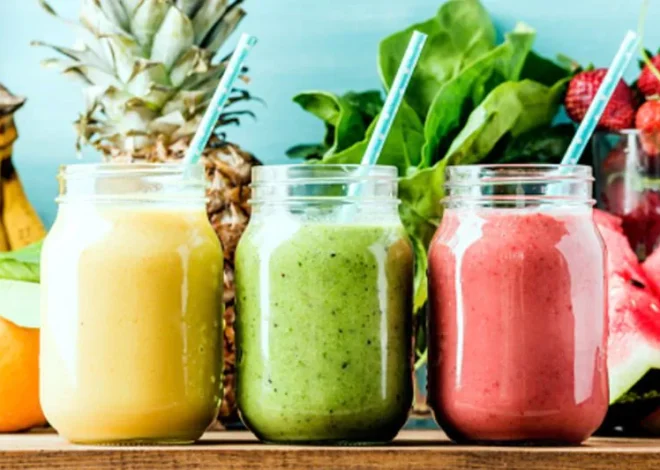A Guide to Natural Disinfectants for Your Home
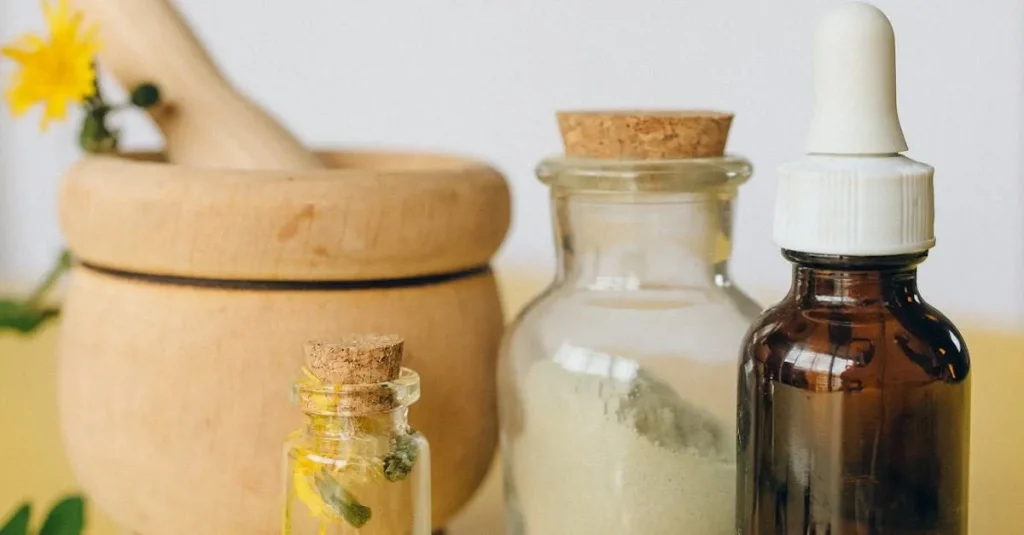
Since 2020, there has been a significant increase in the demand for disinfectants and sanitizers. With so many options available, it’s easy to feel overwhelmed. A common question we often hear is whether cleaners are effective in eliminating viruses. It’s important to clarify: cleaners are not disinfectants. While they help in the cleaning process, they do not sanitize surfaces on their own.
Quick Navigation
- How to Protect Yourself from Germs
- How to Clean and Disinfect Your Home
- Cleaning vs. Disinfecting
- Steps for Safe and Effective Disinfectant Use
- Risks of Chemical Disinfectants
- How to Disinfect Naturally
How to Protect Yourself from Germs
The most effective way to protect yourself from viruses like COVID-19 and the flu is by regularly washing your hands with soap and water. Soap breaks down grease and can deactivate the virus’s fatty membrane, rendering it inactive.
Palli Thordarson, a chemistry professor at the University of New South Wales, explains that soap is actually more effective than disinfectants at deactivating viruses. Disinfectants are often designed for bacteria and fungi and contain a mixture of soap, alcohol, and antibacterial agents—only soap and alcohol directly impact viruses.
When washing your hands, be sure to scrub for at least 20 seconds, covering all surfaces of your hands, including any crevices. Alcohol-based hand sanitizers are also a good supplement to handwashing.
During flu season, or if you’re in an area with an outbreak, avoid handshakes and touching your face to reduce the chance of infection.
How to Clean and Disinfect Your Home
The easiest way to ensure your home stays germ-free is by not bringing viruses or bacteria inside. Once home, wash your hands thoroughly with soap and water.
Make sure to frequently clean and disinfect high-touch areas such as doorknobs, light switches, faucets, and soap dispensers. Don’t forget smaller items like your phone, keys, and wallet, as they often carry germs too. Always wear gloves when cleaning and dispose of them properly after use, washing your hands immediately after removal.
Cleaning vs. Disinfecting
Many people confuse cleaning with disinfecting, so let’s clear that up:
A cleaner is not a disinfectant, and a disinfectant is not a cleaner.
A cleaner typically contains surfactants that help lift dirt off surfaces. While it removes a significant amount of bacteria, viruses, and germs, it doesn’t disinfect by killing 99.9% of pathogens. On the other hand, disinfectants kill germs but do not remove stains or dirt.
If you want to both clean and disinfect, you’ll usually need to use a cleaner first to remove dirt, followed by a disinfectant to kill any remaining germs.
Steps for Safe and Effective Disinfectant Use
A common misconception is that spraying a surface with disinfectant and wiping it immediately will disinfect it. In reality, disinfectants only work on clean surfaces, so you must clean off any dirt or debris first. The disinfectant should be left on the surface for 1-10 minutes, depending on the product, to be effective. After that, it can be wiped or allowed to air-dry.
Most disinfectants are only effective on hard, non-porous surfaces, so be sure to read the instructions to choose the correct product for your needs.
Risks of Chemical Disinfectants
When choosing a disinfectant, it’s crucial to exercise caution. Many chemical disinfectants pose risks to human health and the environment. Some require rinsing after use, especially when used on food surfaces. Always read labels carefully to understand the ingredients, warnings, and directions for safe use.
Health Concerns
Some common ingredients in conventional disinfectants can be absorbed through the skin, inhaled, or ingested, leading to health problems. For instance, formaldehyde can cause skin burns and eye irritation, while quaternary ammonium compounds may trigger asthma or even reduce fertility.
For more on harmful ingredients in cleaning products, check out our blog on [chemicals in cleaning products](https://aspenclean.com/blogs/sustainable-living/chemicals-in-cleaning-products-and-how-it-affects-your-health).
How to Disinfect Naturally
There is often resistance to using natural products as disinfectants, as some believe they are not as effective as chemical options. However, many natural disinfectants can be just as effective and leave no harmful residues. Here are some natural alternatives:
- 1 – Vinegar: This natural liquid contains 95% water and 5% acetic acid, which can kill up to 80% of germs. It’s biodegradable and works well as a deodorizer, grease cutter, and cleaner. For extra germ-killing power, choose vinegar with a higher acetic acid concentration.
- 2 – Hydrogen Peroxide: This natural compound breaks down into oxygen and water, making it eco-friendly. Hydrogen peroxide is effective as a stain remover, cleaner for greasy kitchen surfaces, and even a toy disinfectant. Use a 3% concentration for best results.
- 3 – Alcohol: Alcohol is a widely used disinfectant and works well on surfaces. To effectively disinfect, ensure your alcohol content is at least 70%.
- 4 – Essential Oils: Oils like tea tree, lavender, and thyme possess natural antibacterial, antiviral, and antifungal properties. Add these oils to your cleaning products to enhance their disinfecting power and enjoy a refreshing scent. Pure, organic essential oils are best to avoid impurities.
Natural disinfectants offer a safe, effective alternative to harsh chemicals. Always clean surfaces before disinfecting, and choose natural cleaners when possible to protect your family and the environment.
If you need assistance, AspenClean offers professional disinfecting services in Vancouver, Calgary, and Toronto.

